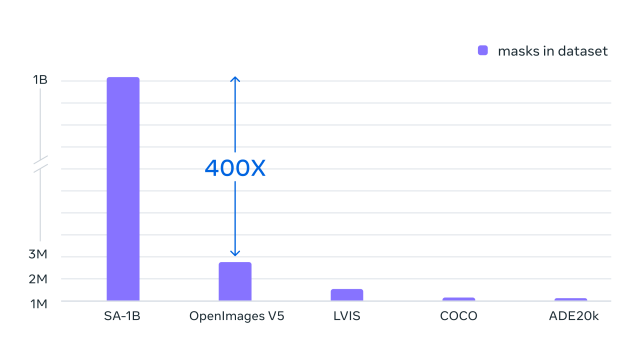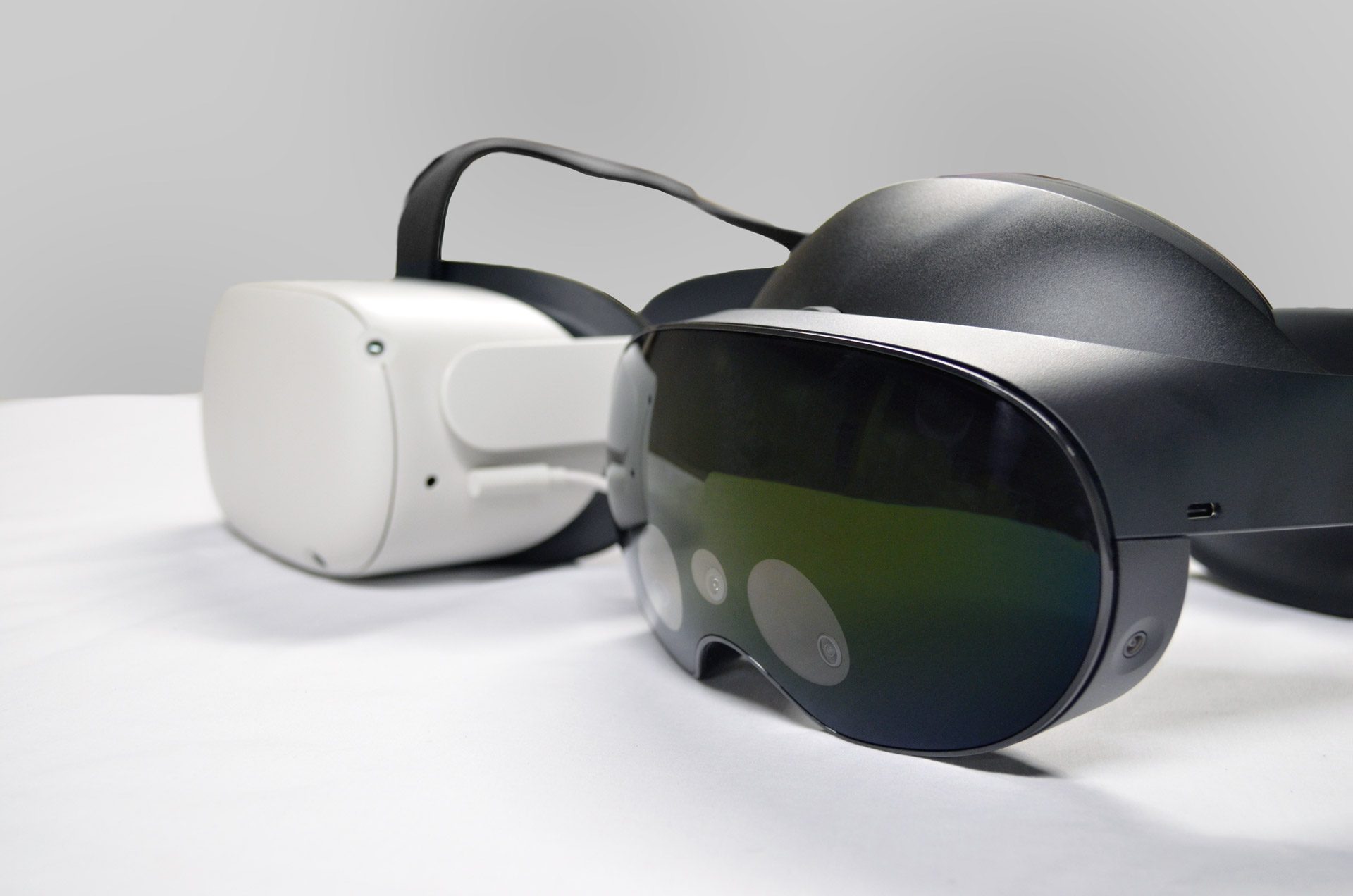Meta Layoffs Affect VR Teams at ‘Lone Echo’ & ‘Onward’ Studios
Meta is the midst of a second large round of layoffs, and this time a number of employees in its internal VR studios have been affected.
Business Insider reported earlier this week that Meta was increasing its focus on gaming-related projects within its Reality Labs division. As other teams were expected to be dissolved in layoffs, the report held that gaming-focused teams would be safe.
However that report is now being rebuffed by a number of self-reported layoffs which have affecting Meta’s VR teams, including Ready at Dawn, known for the Lone Echo series, and Onward studio Downpour Interactive.
Meta CEO Mark Zuckerberg announced in March that 10,000 employees would be laid off. At the time, Zuckerberg said that, in addition to a hiring freeze, the April round of layoffs would affect tech roles, while a third in late May will affect business roles—all of it in service of what Zuckerberg dubbed the company’s “year of efficiency.”
As mentioned by MIXED, Ready at Dawn Senior Engine Programmer Thomas Griebel tweeted that around 40 people, or around a third of the studio, were laid off. This also included studio head Mark Almeida, who has been with Ready at Dawn since August 2016.
Acquired by Meta in 2020, Ready at Dawn announced in January it planned to shut down its popular free-to-play multiplayer game Echo VR, with plans to turn off severs come August 1st. At the time, the studio said the decision to shut down the game was “made for many good reasons and chief among them is the studio coming together to focus on our next project.”
Downpour Interactive, the studio behind VR mil-sim shooter Onward, is also seeing wide-ranging layoffs. We haven’t found a precise count of Downpour employees affected by the layoff round, however Producer Kaspar Nahuijsen called losing his colleagues to the purge “the toughest day” of his career.
Today is the toughest day in my career
— KasperVld (@KasperVld) April 19, 2023
Founded by Dante Buckley in 2015, and then acquired by Meta in 2021, Downpour Interactive’s latest claim to fame was porting the previously PC VR-only title to Quest and Quest 2. As a part of a wider transition by Meta to sunset the original 2019 Quest, Downpour announced Onward would no longer be playable on Quest 1 in any capacity after the July 31st, 2023.
As noted by UploadVR, founder and CEO Dante Buckely left Downpour/Meta last month.
The Guardian reports the latest round of Meta layoffs are affecting 4,000 employees immediately, which is a part of the 10,000 previously announced in March.
Meta Layoffs Affect VR Teams at ‘Lone Echo’ & ‘Onward’ Studios Read More »













